-
EXECUTIVE SUMMARY
-
Market Attractiveness Analysis
- Global Retinal Biologics Market, by Drug Class
- Global Retinal Biologics Market, by Indication
- Global Retinal Biologics Market, by Distribution Channel
-
MARKET INTRODUCTION
-
Definition
-
Scope of the Study
- Research Objective
- Assumptions
- Limitations
-
RESEARCH METHODOLOGY
-
Overview
-
Data Mining
-
Secondary Research
-
Primary Research
- Breakdown of Primary Respondents
-
Forecasting Indications
-
Research Methodology for Market Size Estimation
- Bottom-Up Approach
- Top-Down Approach
-
Data Triangulation
-
Validation
-
MARKET DYNAMICS
-
Overview
-
Drivers
-
Restraints
-
Opportunities
-
MARKET FACTOR ANALYSIS
-
Porter’s Five Forces Analysis
- Bargaining Power of Suppliers
- Bargaining Power of Buyers
- Threat of New Entrants
- Threat of Substitutes
- Intensity of Rivalry
-
Value Chain Analysis
- R&D and Designing
- Manufacturing
- Distribution & Sales
- Post Sales Services
-
Impact of COVID 19 on Retinal Biologics Market
- Impact on Market Value in 2023 and 2021
- Clinical Trial Impact
- Impact of Demand
- Strategies to Overcome the Challenges
-
GLOBAL RETINAL BIOLOGICS MARKET, BY DRUG CLASS
-
Overview
-
TNF-α Inhibitor
-
Market Estimates & Forecast, by Region, 2023–2030
-
Market Estimates & Forecast, by Country, 2023–2030
-
VEGF-A Antagonist
-
Market Estimates & Forecast, by Region, 2023–2030
-
Market Estimates & Forecast, by Country, 2023–2030
-
GLOBAL RETINAL BIOLOGICS MARKET, BY INDICATION
-
Overview
-
Macular Degeneration
-
Market Estimates & Forecast, by Region, 2023–2030
-
Market Estimates & Forecast, by Country, 2023–2030
-
Diabetic Retinopathy
-
Market Estimates & Forecast, by Region, 2023–2030
-
Market Estimates & Forecast, by Country, 2023–2030
-
Uveitis
-
Market Estimates & Forecast, by Region, 2023–2030
-
Market Estimates & Forecast, by Country, 2023–2030
-
Others
-
Market Estimates & Forecast, by Region, 2023–2030
-
Market Estimates & Forecast, by Country, 2023–2030
-
GLOBAL RETINAL BIOLOGICS MARKET, BY DISTRIBUTION CHANNEL
-
Overview
-
Hospitals and Clinics
-
Market Estimates & Forecast, by Region, 2023–2030
-
Market Estimates & Forecast, by Country, 2023–2030
-
Pharmacies
-
Market Estimates & Forecast, by Region, 2023–2030
-
Market Estimates & Forecast, by Country, 2023–2030
-
Others
-
Market Estimates & Forecast, by Region, 2023–2030
-
Market Estimates & Forecast, by Country, 2023–2030
-
GLOBAL RETINAL BIOLOGICS MARKET, BY REGION
-
Overview
-
Americas
- North America
- Latin America
-
Europe
- Western Europe
- Eastern Europe
-
Asia-Pacific
- Japan
- China
- India
- Australia
- South Korea
- Rest of Asia-Pacific
-
Middle East & Africa
- Middle East
- Africa
-
COMPANY LANDSCAPE
-
Overview
-
Competitor Dashboard
-
Major Growth Strategy in the Global Retinal Biologics Market
-
Competitive Benchmarking
-
The Leading Player in terms of Number of Developments in the Global Retinal Biologics Market
-
Key Developments & Growth Strategies
- New Product Launch/Service Deployment
- Merger & Acquisition
- Joint Ventures
-
Major Players Financial Matrix & Market Ratio
- Sales & Operating Income 2019
- Major Players R&D Expenditure 2019
-
COMPANY PROFILES
-
Amgen, Inc.
- Company Overview
- Products/Services Offered
- Financial Overview
- Key Developments
- SWOT Analysis
- Key Strategies
-
AbbVie Inc.
-
MeiraGTx Limited
-
Regeneron Pharmaceuticals Inc
-
Ocular Therapeutixc.
-
Spark Therapeutics
-
F. Hoffmann-La Roche Ltd.
-
Genentech
-
Johnson & Johnson
-
Others
-
APPENDIX
-
References
-
Related Reports
-
NOTE:
-
This table of content is tentative and subject to change as the research progresses.
-
In section 11, only the top companies will be profiled. Each company will be profiled based on the Market Overview, Financials, Product Portfolio, Business Strategies, and Recent Developments parameters.
-
Please note: The financial details of the company cannot be provided if the information is not available in the public domain and or from reliable sources.
-
-
LIST OF TABLES
-
GLOBAL RETINAL BIOLOGICS MARKET SYNOPSIS, 2017–2030
-
GLOBAL RETINAL BIOLOGICS MARKET ESTIMATES & FORECAST, 2023–2030 (USD MILLION)
-
GLOBAL RETINAL BIOLOGICS MARKET, BY DRUG CLASS, 2023–2030 (USD MILLION)
-
GLOBAL RETINAL BIOLOGICS MARKET, BY INDICATION, 2023–2030 (USD MILLION)
-
GLOBAL RETINAL BIOLOGICS MARKET, BY DISTRIBUTION CHANNELS, 2023–2030 (USD MILLION)
-
GLOBAL RETINAL BIOLOGICS MARKET, BY REGION, 2023–2030 (USD MILLION)
-
NORTH AMERICA: RETINAL BIOLOGICS MARKET, BY DRUG CLASS, 2023–2030 (USD MILLION)
-
NORTH AMERICA: RETINAL BIOLOGICS MARKET, BY INDICATION, 2023–2030 (USD MILLION)
-
NORTH AMERICA: RETINAL BIOLOGICS MARKET, BY DISTRIBUTION CHANNELS, 2023–2030 (USD MILLION)
-
US: RETINAL BIOLOGICS MARKET, BY DRUG CLASS, 2023–2030 (USD MILLION)
-
US: RETINAL BIOLOGICS MARKET, BY INDICATION, 2023–2030 (USD MILLION)
-
US: RETINAL BIOLOGICS MARKET, BY DISTRIBUTION CHANNELS, 2023–2030 (USD MILLION)
-
CANADA: RETINAL BIOLOGICS MARKET, BY DRUG CLASS, 2023–2030 (USD MILLION)
-
CANADA: RETINAL BIOLOGICS MARKET, BY INDICATION, 2023–2030 (USD MILLION)
-
CANADA: RETINAL BIOLOGICS MARKET, BY DISTRIBUTION CHANNELS, 2023–2030 (USD MILLION)
-
LATIN AMERICA: RETINAL BIOLOGICS MARKET, BY DRUG CLASS, 2023–2030 (USD MILLION)
-
LATIN AMERICA: RETINAL BIOLOGICS MARKET, BY INDICATION, 2023–2030 (USD MILLION)
-
LATIN AMERICA: RETINAL BIOLOGICS MARKET, BY DISTRIBUTION CHANNELS, 2023–2030 (USD MILLION)
-
EUROPE: RETINAL BIOLOGICS MARKET, BY DRUG CLASS, 2023–2030 (USD MILLION)
-
EUROPE: RETINAL BIOLOGICS MARKET, BY INDICATION, 2023–2030 (USD MILLION)
-
EUROPE: RETINAL BIOLOGICS MARKET, BY DISTRIBUTION CHANNELS, 2023–2030 (USD MILLION)
-
WESTERN EUROPE: RETINAL BIOLOGICS MARKET, BY DRUG CLASS, 2023–2030 (USD MILLION)
-
WESTERN EUROPE: RETINAL BIOLOGICS MARKET, BY INDICATION, 2023–2030 (USD MILLION)
-
WESTERN EUROPE: RETINAL BIOLOGICS MARKET, BY DISTRIBUTION CHANNELS, 2023–2030 (USD MILLION)
-
EASTERN EUROPE: RETINAL BIOLOGICS MARKET, BY DRUG CLASS, 2023–2030 (USD MILLION)
-
EASTERN EUROPE: RETINAL BIOLOGICS MARKET, BY INDICATION, 2023–2030 (USD MILLION)
-
EASTERN EUROPE: RETINAL BIOLOGICS MARKET, BY DISTRIBUTION CHANNELS, 2023–2030 (USD MILLION)
-
ASIA-PACIFIC: RETINAL BIOLOGICS MARKET, BY DRUG CLASS, 2023–2030 (USD MILLION)
-
ASIA-PACIFIC: RETINAL BIOLOGICS MARKET, BY INDICATION, 2023–2030 (USD MILLION)
-
ASIA-PACIFIC: RETINAL BIOLOGICS MARKET, BY DISTRIBUTION CHANNELS, 2023–2030 (USD MILLION)
-
MIDDLE EAST & AFRICA: RETINAL BIOLOGICS MARKET, BY DRUG CLASS, 2023–2030 (USD MILLION)
-
MIDDLE EAST & AFRICA: RETINAL BIOLOGICS MARKET, BY INDICATION, 2023–2030 (USD MILLION)
-
MIDDLE EAST & AFRICA: RETINAL BIOLOGICS MARKET, BY DISTRIBUTION CHANNELS, 2023–2030 (USD MILLION)
-
-
LIST OF FIGURES
-
RESEARCH PROCESS
-
MARKET STRUCTURE FOR THE GLOBAL RETINAL BIOLOGICS MARKET
-
MARKET DYNAMICS FOR THE GLOBAL RETINAL BIOLOGICS MARKET
-
GLOBAL RETINAL BIOLOGICS MARKET SHARE, BY DRUG CLASS, 2019 (%)
-
GLOBAL RETINAL BIOLOGICS MARKET SHARE, BY INDICATION, 2019 (%)
-
GLOBAL RETINAL BIOLOGICS MARKET SHARE, BY DISTRIBUTION CHANNELS, 2019 (%)
-
GLOBAL RETINAL BIOLOGICS MARKET SHARE, BY REGION, 2019 (%)
-
AMERICAS: RETINAL BIOLOGICS MARKET SHARE BY REGION, 2019 (%)
-
NORTH AMERICA: RETINAL BIOLOGICS MARKET SHARE, BY COUNTRY, 2019 (%)
-
EUROPE: RETINAL BIOLOGICS MARKET SHARE, BY REGION, 2019 (%)
-
WESTERN EUROPE: RETINAL BIOLOGICS MARKET SHARE, BY COUNTRY, 2019 (%)
-
ASIA-PACIFIC: RETINAL BIOLOGICS MARKET SHARE, BY COUNTRY, 2019 (%)
-
MIDDLE EAST & AFRICA: RETINAL BIOLOGICS MARKET SHARE, BY COUNTRY, 2019 (%)
-
GLOBAL RETINAL BIOLOGICS MARKET: COMPANY SHARE ANALYSIS, 2019 (%)
-
AMGEN, INC.: KEY FINANCIALS
-
AMGEN, INC.: SEGMENTAL REVENUE
-
AMGEN, INC.: REGIONAL REVENUE
-
ABBVIE INC.: KEY FINANCIALS
-
ABBVIE INC..: SEGMENTAL REVENUE
-
ABBVIE INC.: REGIONAL REVENUE
-
MEIRAGTX LIMITED: KEY FINANCIALS
-
MEIRAGTX LIMITED: SEGMENTAL REVENUE
-
MEIRAGTX LIMITED: REGIONAL REVENUE
-
REGENERON PHARMACEUTICALS INC: KEY FINANCIALS
-
REGENERON PHARMACEUTICALS INC: SEGMENTAL REVENUE
-
REGENERON PHARMACEUTICALS INC: REGIONAL REVENUE
-
OCULAR THERAPEUTIXC.: KEY FINANCIALS
-
OCULAR THERAPEUTIXC.: SEGMENTAL REVENUE
-
OCULAR THERAPEUTIXC.: REGIONAL REVENUE
-
SPARK THERAPEUTICS: KEY FINANCIALS
-
SPARK THERAPEUTICS: SEGMENTAL REVENUE
-
SPARK THERAPEUTICS: REGIONAL REVENUE
-
F. HOFFMANN-LA ROCHE LTD.: KEY FINANCIALS
-
F. HOFFMANN-LA ROCHE LTD.: SEGMENTAL REVENUE
-
F. HOFFMANN-LA ROCHE LTD.: REGIONAL REVENUE
-
GENENTECH: KEY FINANCIALS
-
GENENTECH: SEGMENTAL REVENUE
-
GENENTECH: REGIONAL REVENUE
-
JOHNSON & JOHNSON: KEY FINANCIALS
-
JOHNSON & JOHNSON: SEGMENTAL REVENUE
-
JOHNSON & JOHNSON: REGIONAL REVENUE


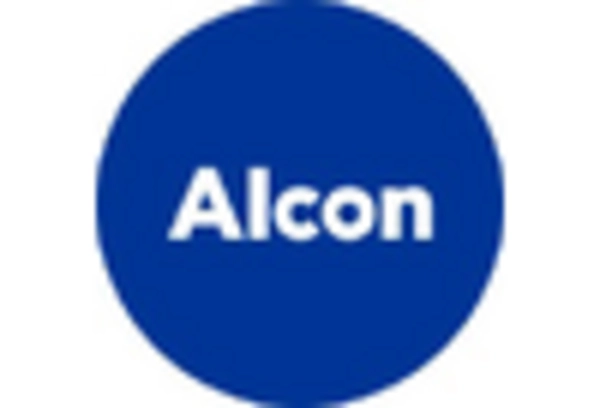
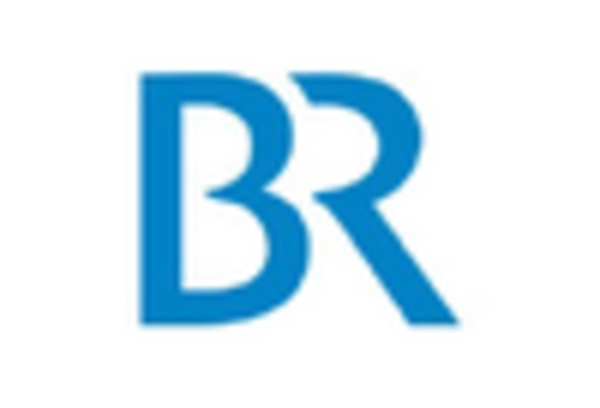

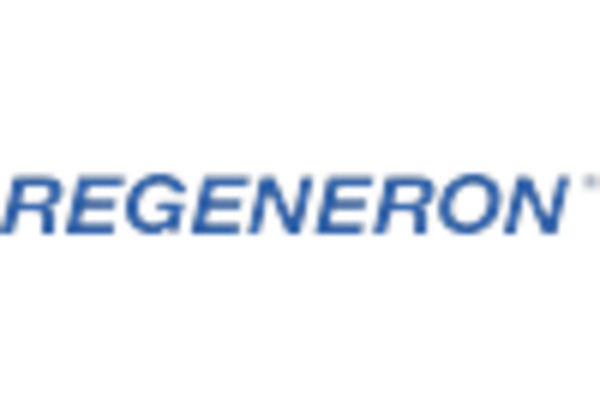
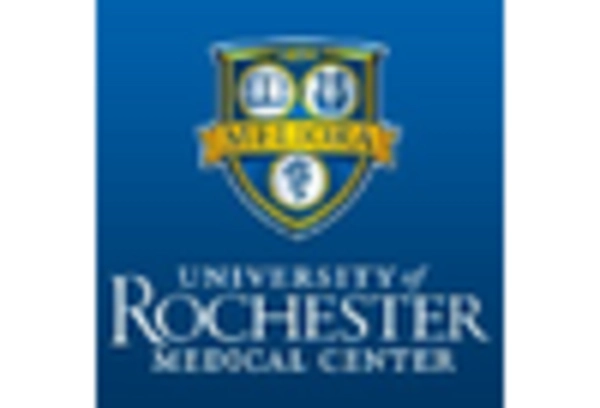
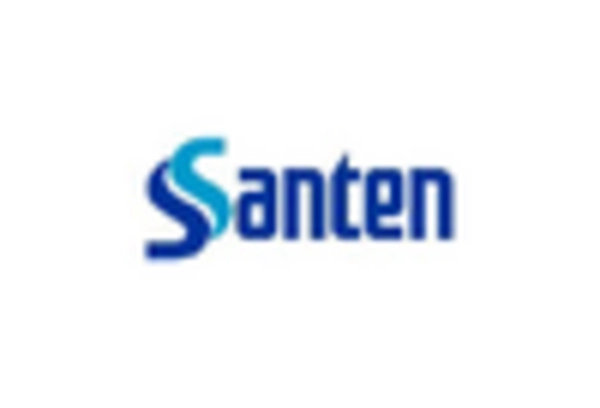









Leave a Comment